7 Basic Tips for Long Exposures in Landscape Photography
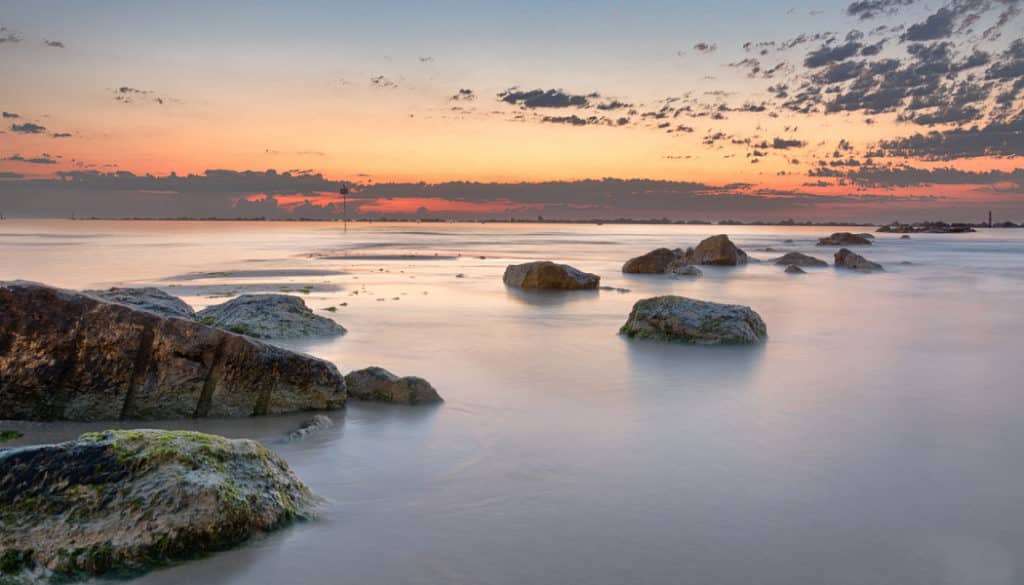
Landscape photography is a genre where long exposures can be a good thing. They let you get motion into a photo, in the form of blurred water, clouds, grass, and leaves on trees.
Every photographer eventually learns that landscape photography, it’s about the landscape, not the equipment. So during your wanderings in nature, keep your eyes open, or take inspiration from other photographers. And for the places that you know are good, come back in good light conditions—during the sunset or sunrise.
What I like the most is taking long-exposure landscape photos during vacations at the sea. You have fun all day, walk on the beach, and seek the right place for a great seaside photo. Once you find it, you just have then to go back and photograph it during the sunrise or sunset.

Nikon D7100, Nikon 18–105 mm f/3.5–5.6 AF-S DX G ED VR, 0.6 s, f/9, ISO 100, focal length 18 mm (EQ 35: 27 mm), exposure compensation: +1.7EV, with tripod
Think About Composition
A great spot is not enough on its own. You also have to really think about composition—and that goes double when you’re using long shutter times.
Since you want there to be visible motion in the photo, it’s good to ask yourself questions like:
- In what direction is the water flowing around the rocks? Will the lines that it creates be understandable, or chaotic?
- Will blurry clouds distract your audience from the subject or otherwise lead their eyes off course?
- Will blurry leaves attract too much attention?
- Do you really need to shoot under the sharp sun with a filter? Perhaps you can come back and photograph it under a sunset later.
- How does the same place by the water look with a lower or higher water level?
- How much will the sea rise at high tide? Will you be able to return to shore safely?
The foundation for success is to think through your pictures’ composition thoroughly and be willing to take even multiple test pictures until you find what you’re seeking. When composing your shot, divide the image into three parts: foreground, middle, and background.
Place for example rocks, a tree, and grass to fill up the foreground while leading all eyes towards your subject. The middle is generally occupied by your subject, or perhaps a guideline leading towards the rising sun. The background can contain clouds, stars, or perhaps once again the sun.
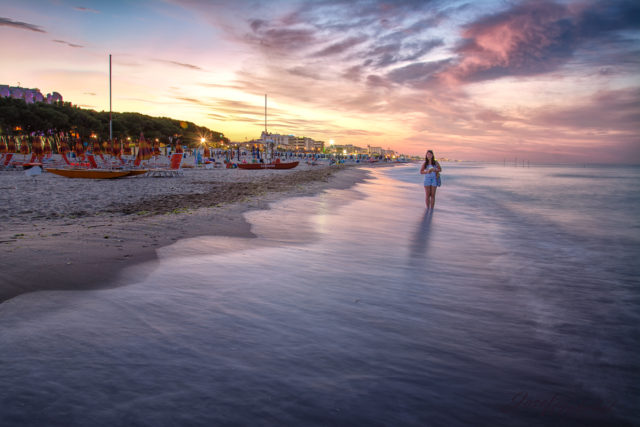
Nikon D7100, Nikon 18–105 mm f/3.5–5.6 AF-S DX G ED VR, 5 s, f/8, ISO 100, focal length 18 mm (EQ 35: 27 mm), exposure compensation: +1EV, with tripod
A Good Tripod
If you want to keep long exposures from causing blurry pictures, then acquire a high-quality tripod. It can make your work considerably easier. But if you stick with an ordinary tripod, at least weigh it down with a backpack; otherwise, it will move too much, making your pictures worthless.
In general, you should not extend the thinnest leg parts or the middle stick in your tripod at all unless you have to. This prevents tremors and makes the tripod firmer overall. Good tripods can also open their legs out to angles of over 35 degrees, for more stability.
You’ll definitely also appreciate a cable trigger or a timer with a minimum delay of five seconds. No matter how good your tripod is, if the weather isn’t on your side, weigh it down. You have nothing to lose and plenty to gain.

Lens and Focusing
By picking the right lens, you can save a lot of work. Keep in mind the fact that you’ll be photographing landscapes and thus will want to get as much width as possible into each picture. But it may happen that some particular detail catches your eye, such as a weather inversion in a valley. Good lenses should be able to adapt to such situations. So choose one in the focal length range from 10 to 300 mm.
When working with your lens in this kind of photography, it’s important to turn off lens stabilization immediately. Since you have your camera on a tripod, you don’t need the stabilization at all. And meanwhile, it causes a tremor that can blur your picture.
You should also focus on using the live preview if your camera has one. So turn off the focus on your lens and your camera and turn on its live preview. Select the object you want to focus on, and zoom in on it using the live preview. Once you’re sure you have the focus exactly right, mount the filter and start shooting.
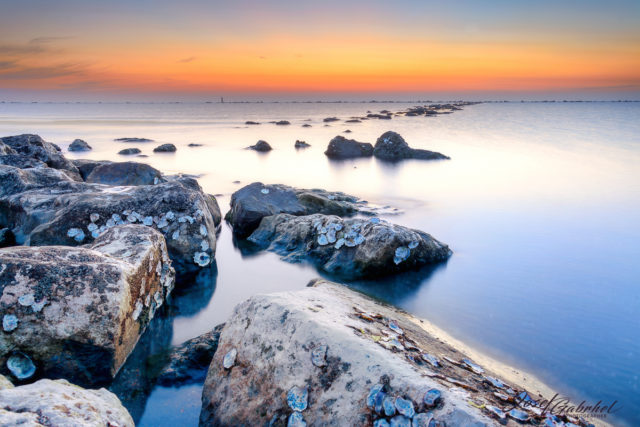
Nikon D7100, Nikon 18–105 mm f/3.5–5.6 AF-S DX G ED VR, 13 s, f/11, ISO 100, focal length 18 mm (EQ 35: 27 mm), exposure compensation: +2EV, with tripod
Filters
When photographing landscapes with long exposure times, people use ND filters (neutral gray filters) that make it possible to use exposure times even several minutes long. The way that the permeability of ND filters is marked varies from manufacturer to manufacturer. The most common way is the ND1-10 scale used by LEE. A filter rated ND10 extends exposure times by 10EV. You want to choose a filter permeability level that doesn’t give excessively long exposure times.
If you do not own an ND filter and you are not planning to buy one for now, we recommend using welding glass. Rotate the sun shield and fasten this glass to it with rubber bands. You can also have the welding glass ground to fit a filter rim for a few dollars.
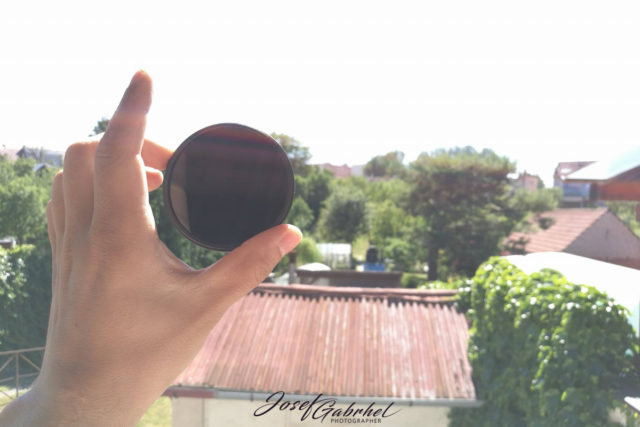
Light
When taking your pictures, keep in mind that blurring clouds or water is not as critical as the light that draws the land. If there aren’t at least a couple of light areas painted with sunrays, a picture will be uninteresting. So it’s best to take your pictures at sunrise or sunset, when the countryside is awash in warm tones.
But then, rules were made to be broken. From time to time there are gripping pictures to be taken on even the grayest days. But this tends to be by the sea, or in landscapes with striking elements.
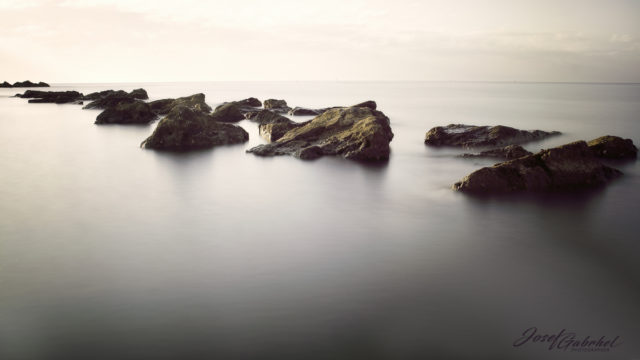
Nikon D7100, Nikon 18–105 mm f/3.5–5.6 AF-S DX G ED VR, 30 s, f/8, ISO 100, focal length 18 mm (EQ 35: 27 mm), exposure compensation: +1EV, with tripod
Camera Settings: Speed, Aperture, and ISO
You’ll want to set your camera to fully manual exposure. When using your filter, you may not see anything at all in the viewfinder, and your exposure meter may not be helpful either. That’s because it’s usually confused by the tiny amount of light coming through the ND filter, and so often not even 30-second shutter times are enough.
So a cable trigger can be very appropriate. It lets you take pictures using Bulb mode (which allows shutter times of more than 30 seconds). If you don’t own a cable trigger, then you can raise the ISO, but the noise tends to be really noticeable.
The ideal shutter speed for long exposures varies depending on the scene and the permeability of the ND filter used. So you have to determine it on-site using several test pictures. On the other hand, manufacturers supply certain expensive filters with times pre-calculated for a given aperture and ND filter density.
One value that you should not underestimate is the aperture. Don’t dive unthinkingly into high f-numbers like f/22. Remember that for the aperture, less is more. With a high f-stop (a small aperture), you encounter strong light refraction, which can make a picture blurry. This effect is called diffraction.
So lean towards values in the f/4–16 range instead. But here as well, the specific value depends on the situation. Thus before taking your pictures, determine what lens displays your scene the best and the most sharply.
Keep the ISO between 100 and 400 to eliminate noise. But if the situation won’t let you do that, try to at least avoid exceeding what you know to be the realistic limits of your camera. In edge cases like these, I recommend mildly overexposing the picture via an extended shutter time. The noise will not be as strong as it would be in a dark photo brightened in postediting.
Don’t Underestimate Postediting
The photo editing work here is practically the same as for classical landscape photo editing. You just have to be careful not to leave the picture tinted towards blue or green if you used welding glass.
So make a point of doing the white balancing. For this, you’ll appreciate the Eyedropper and the Temperature and Tint sliders in Zoner Studio. Do the rest of your edits as usual.
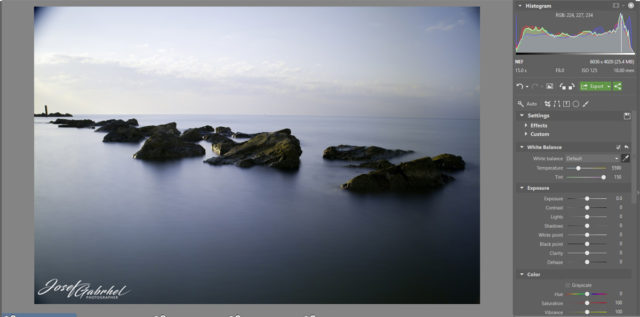
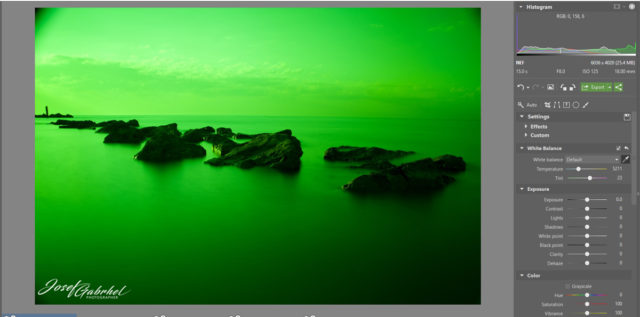
There are no comments yet.